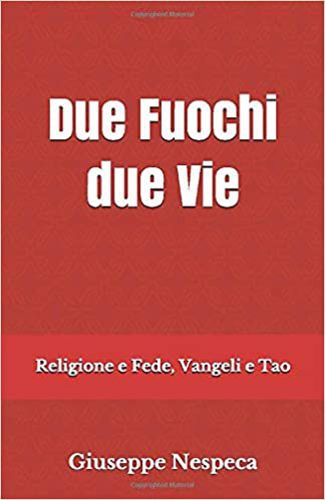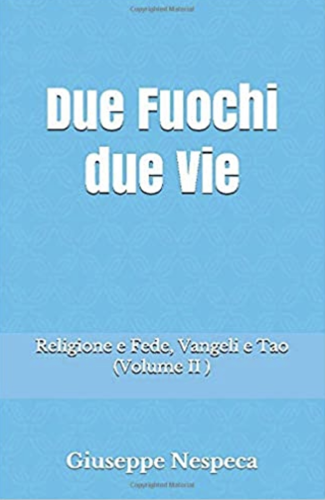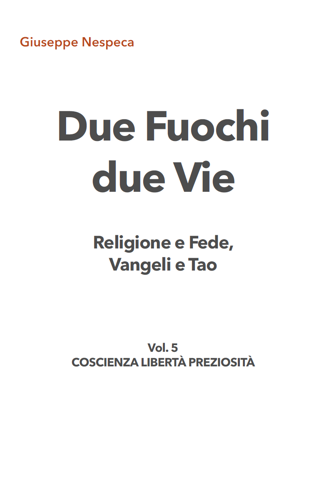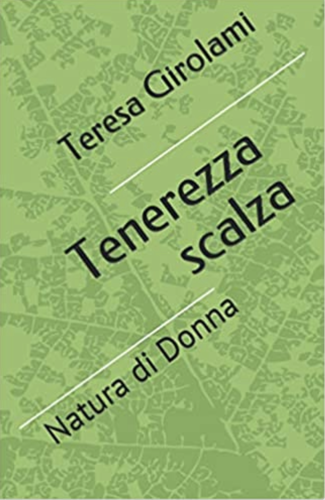2. The conciliar text, presenting the Church as a 'prophetic community', relates this character to the function of 'witness' for which it was willed and founded by Jesus. In fact, the Council says that the Church 'spreads the living witness of Christ'. The reference to Christ's words in the New Testament is clear. First of all, to those addressed by the risen Lord to the Apostles, and reported in the Acts: "You will receive power when the Holy Spirit comes upon you, and you will be my witnesses" (Acts 1:8). With these words, Jesus Christ emphasises that the fulfilment of the function of witness, which is the particular task of the Apostles, depends on the sending of the Holy Spirit promised by him, which took place on the day of Pentecost. By virtue of the Paraclete, who is the Spirit of truth, witness to Christ crucified and risen becomes the commitment and task of the other disciples as well, and in particular of the women who, together with the Mother of Christ, are present in the Upper Room in Jerusalem as members of the very first ecclesial community. Indeed, the women had already been privileged, because they were the first to bring the news and were witnesses of Christ's resurrection (cf. Mt 28:1-10).
3. When Jesus says to the Apostles, "You will be my witnesses" (Acts 1:8), he is speaking of the witness of faith in a sense that finds a particular fulfilment in them. For they were eyewitnesses of Christ's works, they heard his words with their own ears, and they received the truths of divine revelation directly from him. They were the first to respond with faith to what they had seen and heard. Thus Simon Peter, when he confessed on behalf of the Twelve that Jesus is "the Christ, the Son of the living God" (Matthew 16:16). And again, near Capernaum, when some began to abandon Jesus after the proclamation of the Eucharistic mystery, Simon Peter himself did not hesitate to declare: "Lord, to whom shall we go? You have the words of eternal life; we have believed and have come to know that you are the Holy One of God" (Jn 6:68-69).
4. This particular witness of faith by the Apostles was a "gift from above" (cf. James 1:17). It was so not only for the Apostles themselves, but also for those to whom they would then and later transmit their witness. Jesus said to them: “The mystery of the kingdom of God has been entrusted to you” (Mk 4:11). And to Peter, in view of a critical moment, he gives the assurance: “I have prayed for you that your faith may not fail; and when you have turned back, strengthen your brothers” (Lk 22:32). We can therefore say, on the basis of these significant pages of the New Testament, that if the Church, as the People of God, participates in the prophetic office of Christ, spreading the living witness of Him, as we read in the Council (cf. LG 12), such a witness of the faith of the Church finds its foundation and support in the witness of the Apostles. This witness is primordial and fundamental to the prophetic office of the whole People of God.
5. In another conciliar constitution, Dei Verbum, we read that the Apostles, "in their oral preaching, by their example and their institutions, transmitted both what they had received from the lips, the company and the works of Christ, and what they had also learned through the inspiration of the Holy Spirit." But others, together with the Twelve, also carried out Christ's mandate to bear witness to the Gospel: namely, "those Apostles (such as Paul) and men of their circle who, inspired by the Holy Spirit, set down in writing the proclamation of salvation" (DV 7). "What was handed down by the Apostles includes everything that contributes to the holy conduct of the People of God and to the growth of faith, and thus the Church, in her doctrine, life and worship, perpetuates and transmits to every generation all that she herself is, all that she believes" (DV 8). As can be seen, according to the Council there is a close relationship between the Church, the Apostles, Jesus Christ and the Holy Spirit. It is the line of continuity between the Christological mystery and the apostolic and ecclesial institution: a mystery that includes the presence and continuous action of the Holy Spirit.
6. Precisely in the Constitution on Divine Revelation, the Council formulates the truth about Tradition, through which the apostolic witness endures in the Church as a testimony of the faith of the entire People of God. "This Tradition of apostolic origin progresses in the Church with the assistance of the Holy Spirit; for understanding, both of the things and of the words handed down, grows, both through the reflection and study of believers, who meditate on them in their hearts (cf. Lk 2:19. 51), and through the experience given by a deeper understanding of spiritual things, and through the preaching of those who, in the episcopal succession, have received a sure charism of truth. That is to say, the Church, in the course of the centuries, strives unceasingly towards the fullness of divine truth, until the words of God are fulfilled in her" (DV 8). According to the Council, therefore, this striving for the fullness of divine truth, under the guidance of the Spirit of truth, is realised through understanding, experience (i.e. a vivid understanding of spiritual things) and teaching (cf. DV 10). In this area too, Mary is a model for the Church, inasmuch as she was the first to “treasure all these things and ponder them in her heart” (Lk 2:19, 51).
7. Under the influence of the Holy Spirit, the community professes its faith and applies the truth of faith to life. On the one hand, there is the effort of the whole Church to better understand revelation, the object of faith: a systematic study of Scripture and continuous reflection or meditation on the profound meaning and value of the Word of God. On the other hand, the Church bears witness to the faith with her own life, showing the consequences and applications of revealed doctrine and the superior value that results from it for human behaviour. By teaching the precepts promulgated by Christ, she follows the path that He opened and manifests the excellence of the Gospel message. Every Christian must "acknowledge Christ before men" (cf. Mt 10:32) in union with the whole Church and have "irreproachable conduct" among non-believers so that they may come to faith (cf. 1 Pt 2:12).
8. In these ways, indicated by the Council, the "sense of faith" through which the People of God participate in the prophetic office of Christ is developed and transmitted through the "communal" witness of the Church. "And indeed," we read in Lumen gentium, "by that sense of faith, which is aroused and sustained by the Spirit of truth, the People of God, under the guidance of the sacred magisterium, to which they faithfully conform, accept not the word of men, but truly the word of God (cf. 1 Thessalonians 2:13), adhere unfailingly to the faith once delivered to the saints (cf. Jude 3), and with right judgement penetrate it more deeply and apply it more fully in their lives" (LG 12). The conciliar text emphasises the fact that the "sense of faith is aroused and sustained by the Spirit of truth". Thanks to this "sense", in which divine "anointing" bears fruit, "the People of God, under the guidance of the sacred magisterium . . . adheres unfailingly to the faith" (LG 12). "The universal body of the faithful, who possess the anointing of the Holy Spirit (cf. 1 Jn 2:20, 27), cannot err in matters of faith, and manifests this property through the supernatural sense of faith of the whole people, when - from the bishops down to the last of the lay faithful - it shows its universal consent in matters of faith and morals" (LG 12).
It should be noted that the conciliar text clearly states that this "consensus in matters of faith and morals" is not the result of a referendum or plebiscite. It can only be understood correctly if we keep in mind the words of Christ: "I bless you, Father, Lord of heaven and earth, because you have hidden these things from the wise and intelligent and revealed them to little children" (Mt 11:25).
[Pope John Paul II, General Audience, 13 May 1992]












